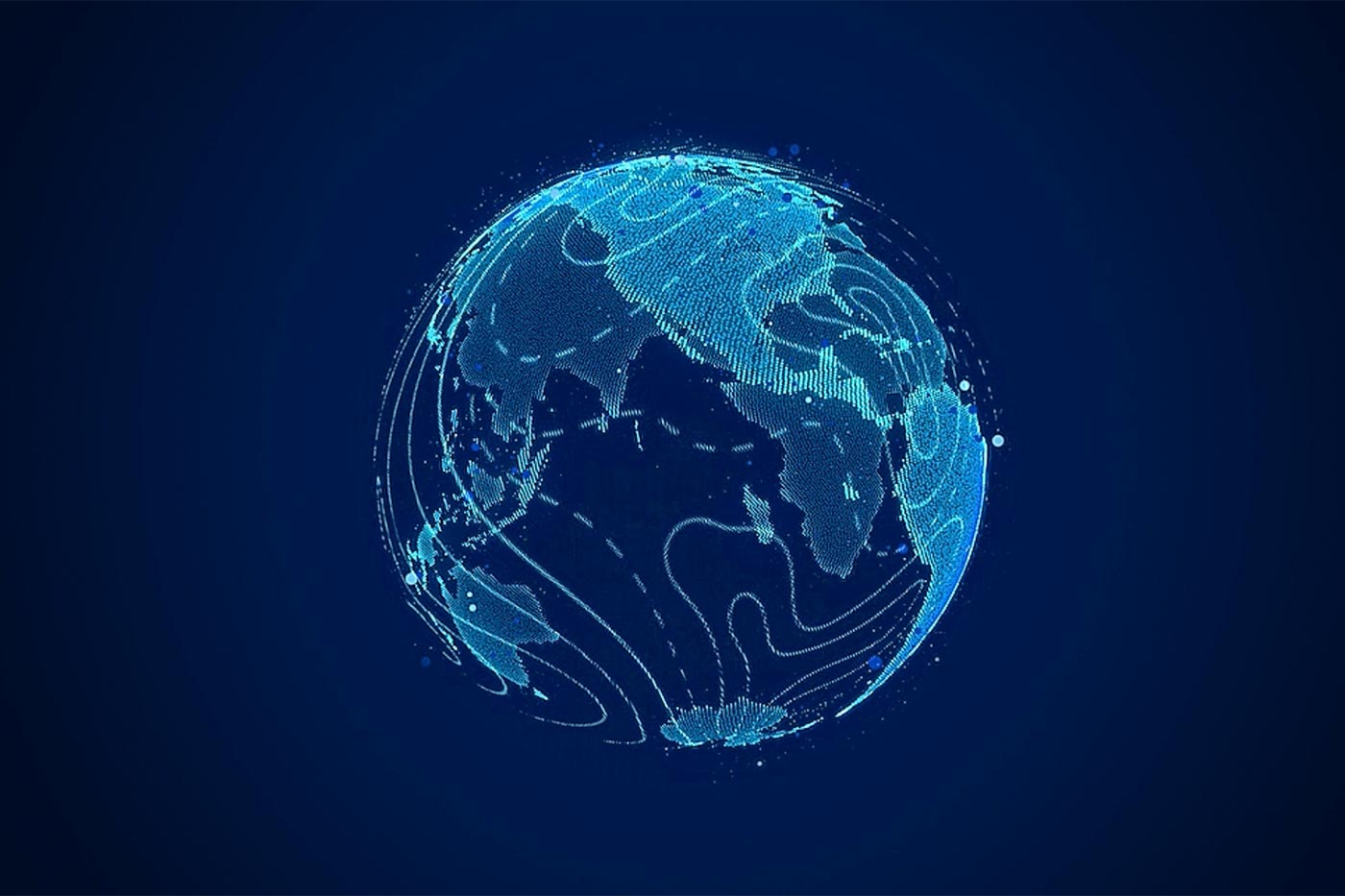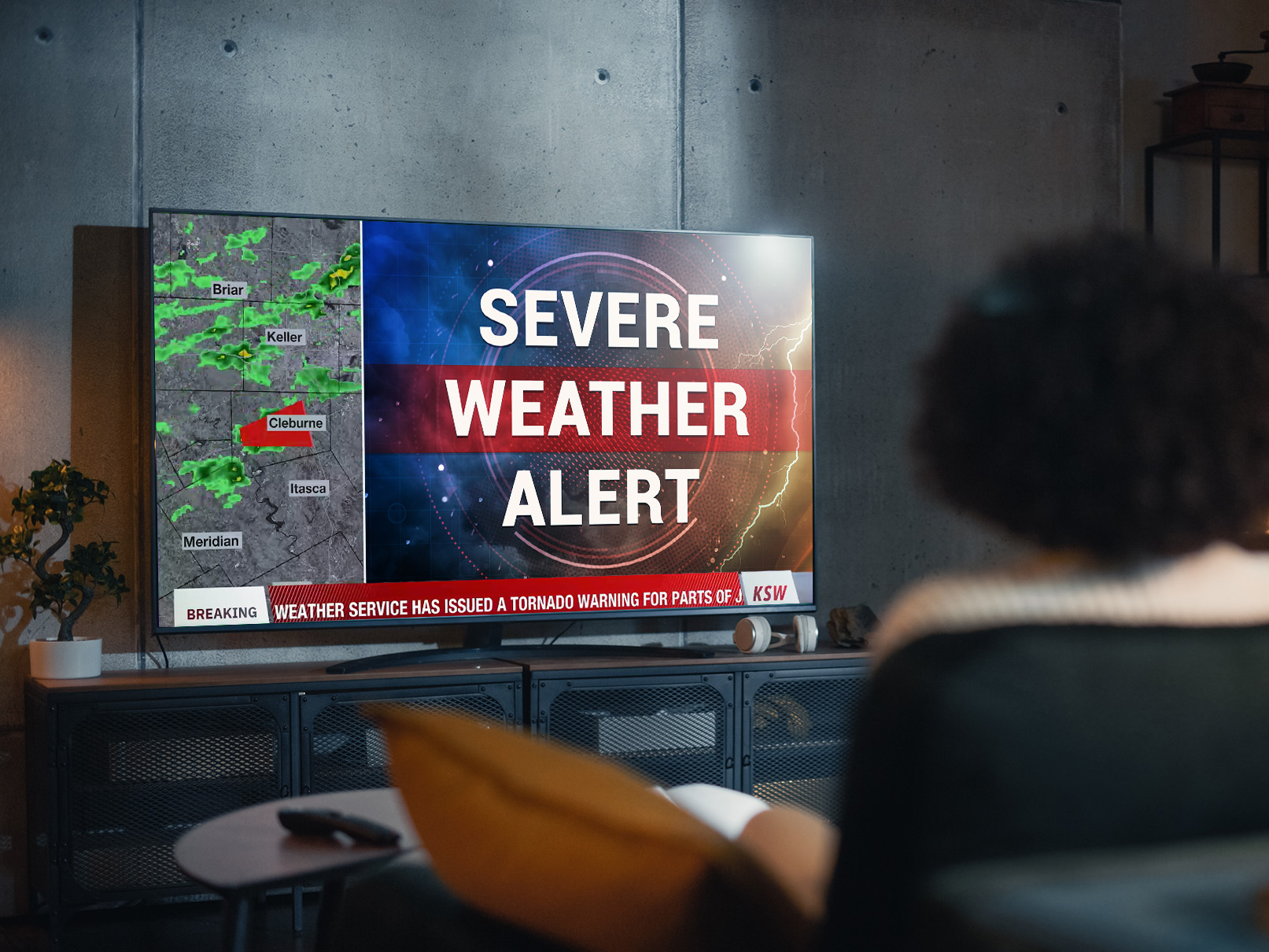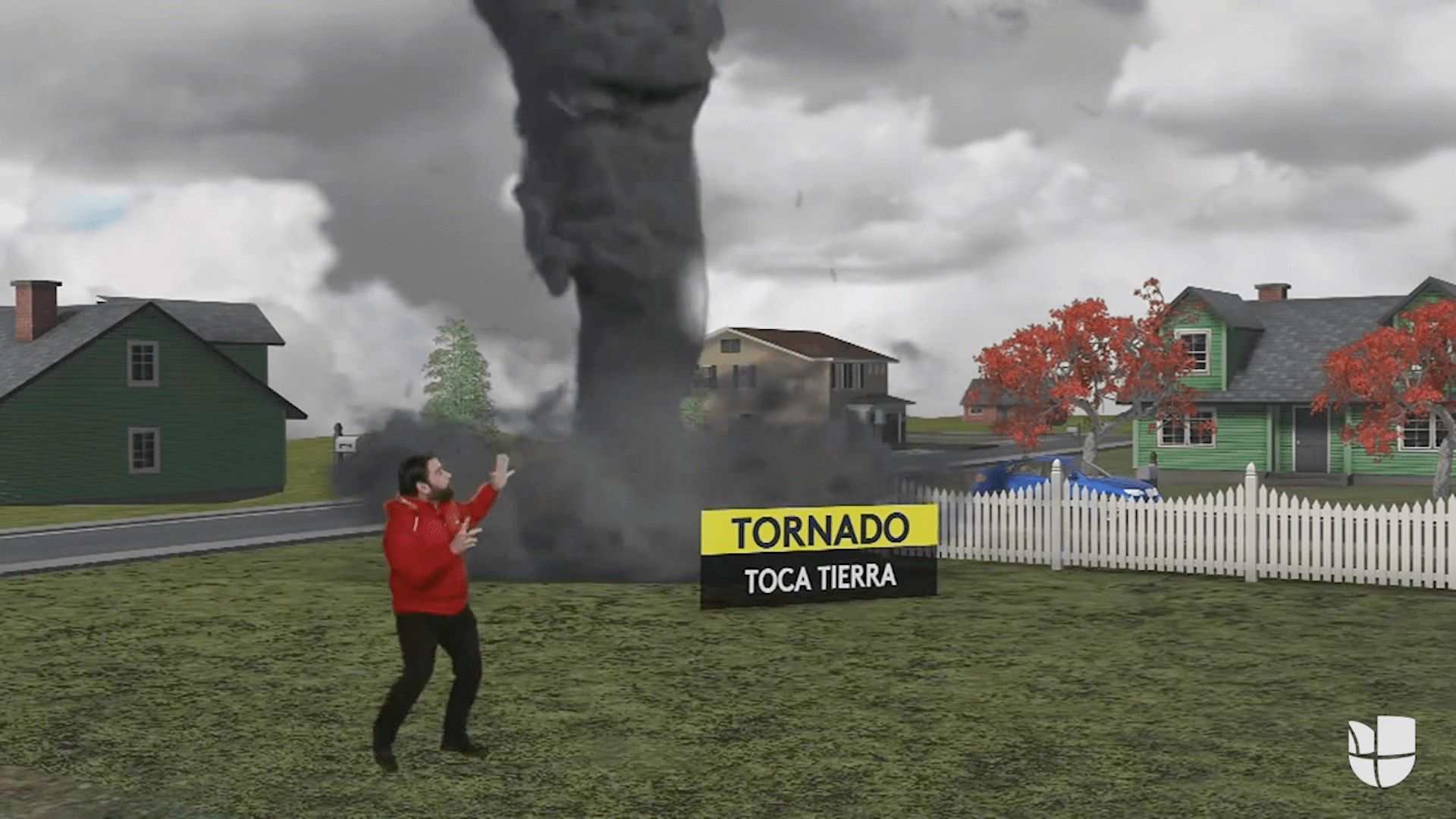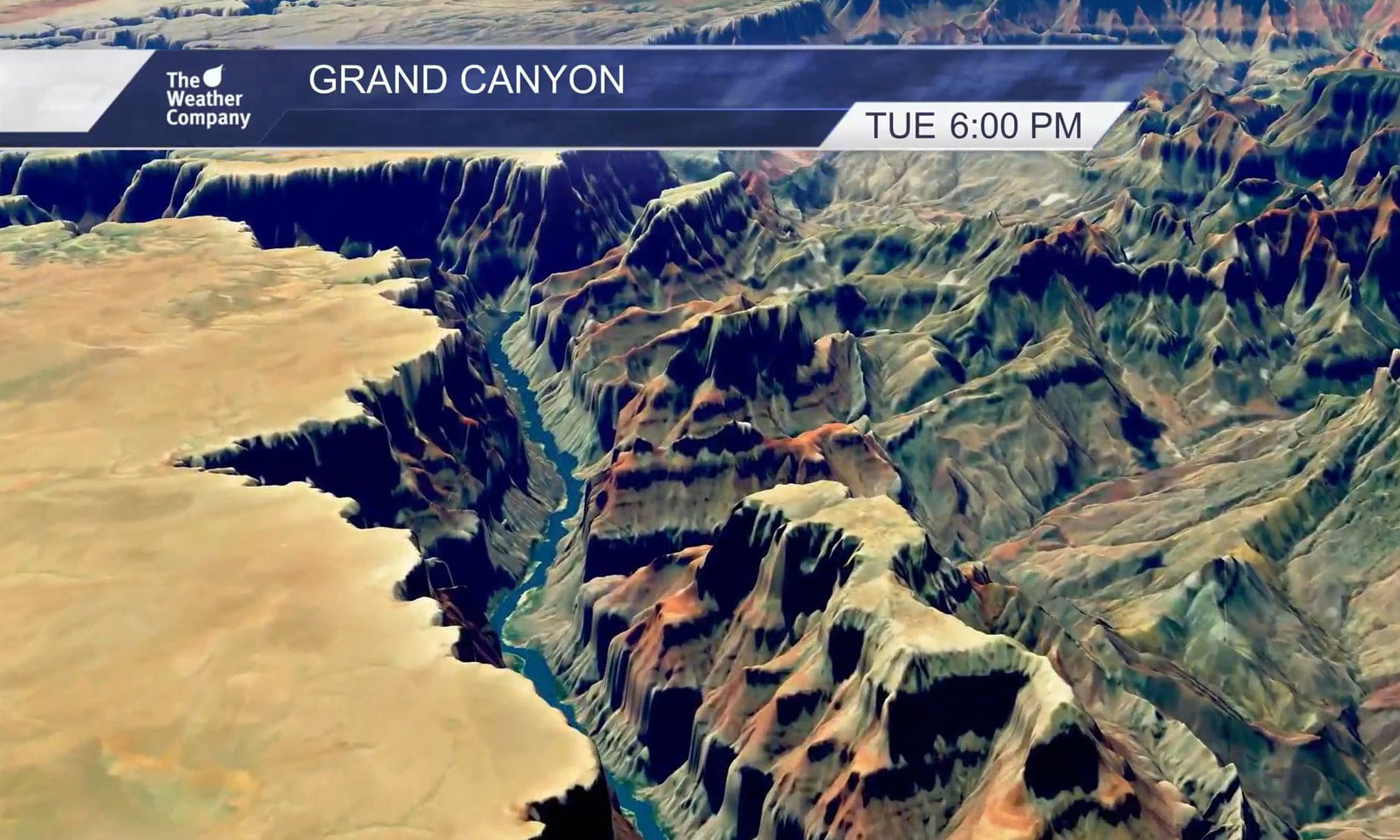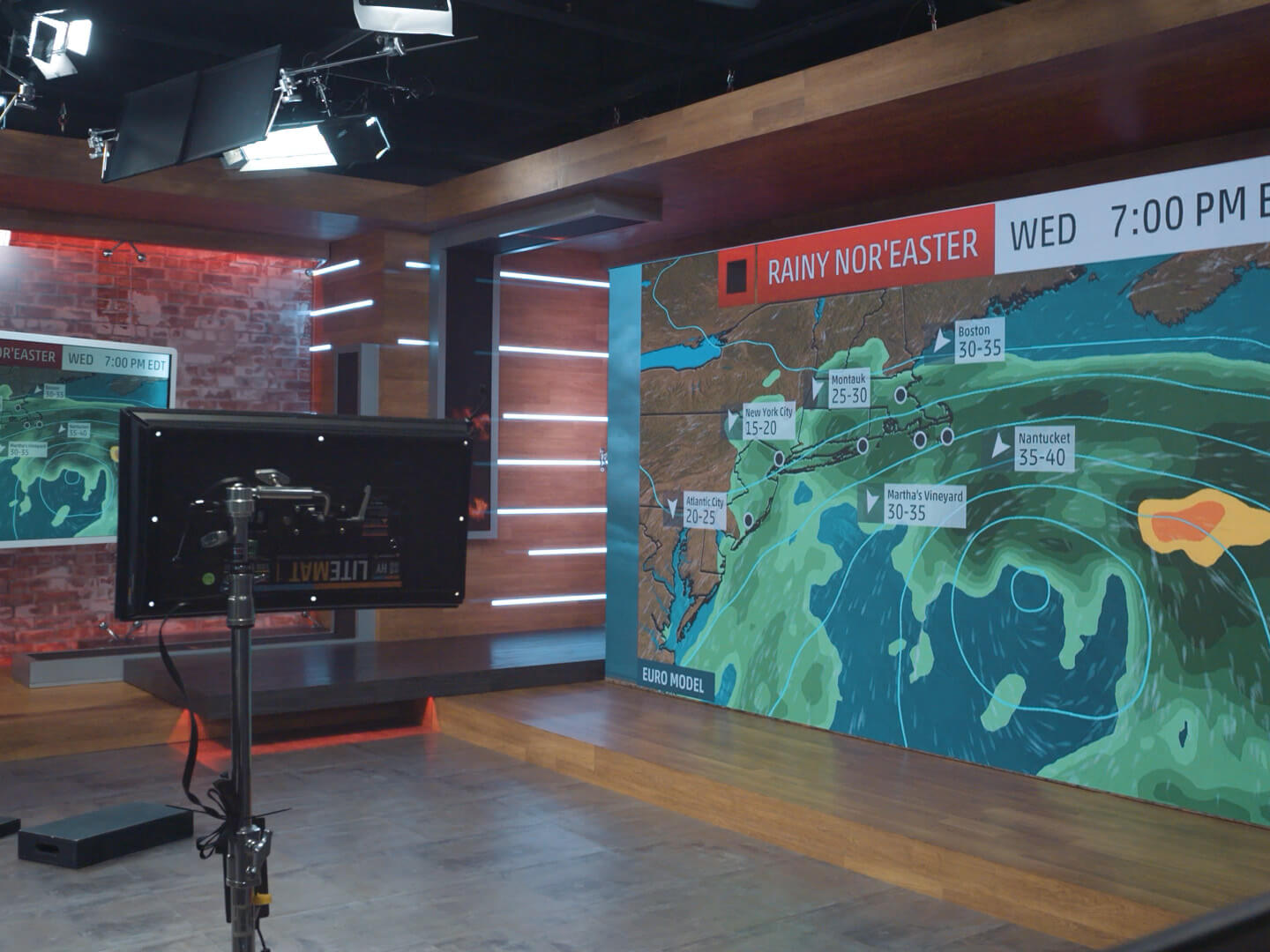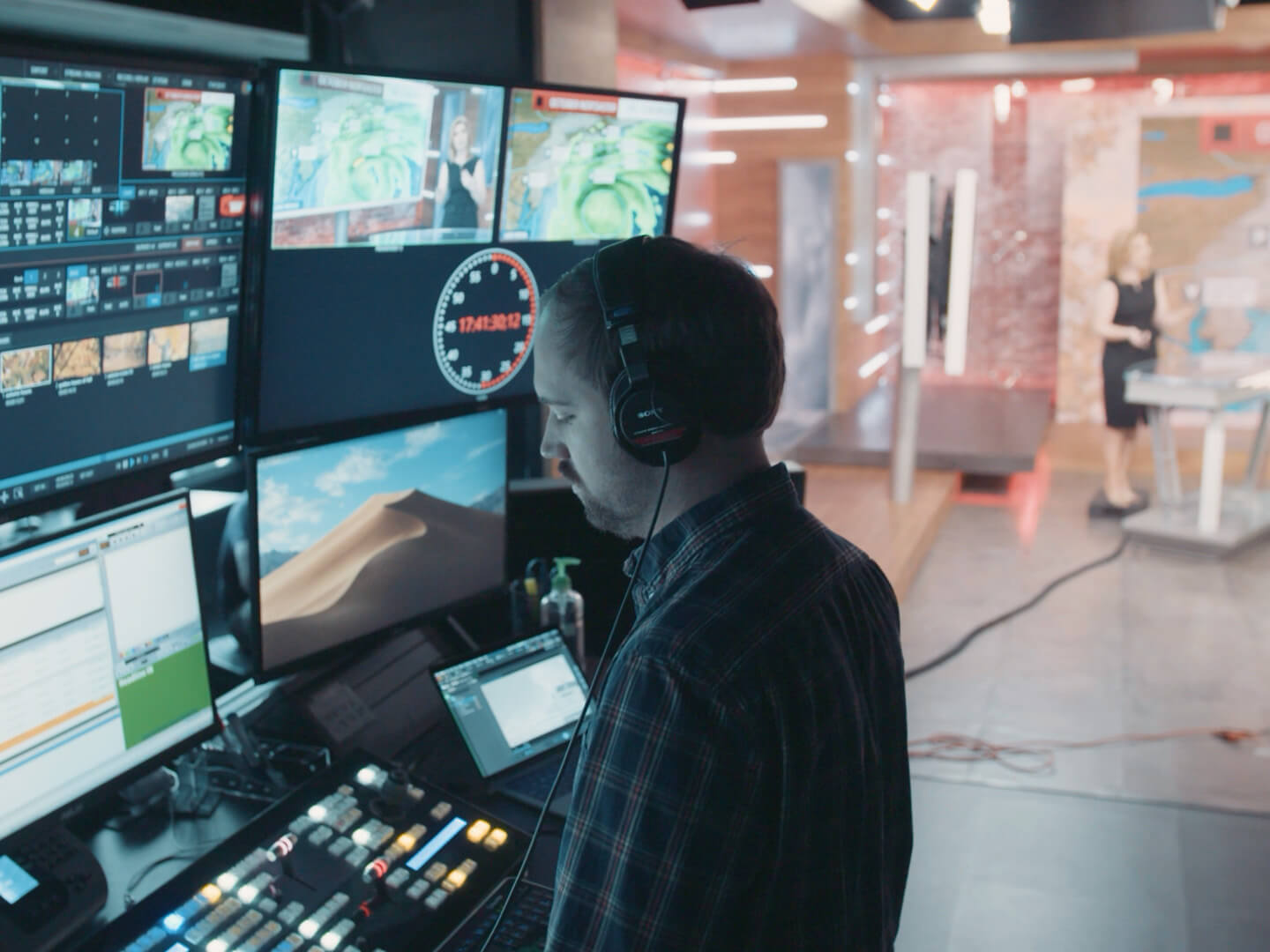AI in weather forecasting, prediction and communication
Continue readingContributing author: Rodney Thompson, Offering Manager, Max Engage
For quite some time, weather models from The Weather Company have used AI to continuously evaluate and adapt to improve weather forecasts. That means television stations—as an extension—have already utilized AI through the use of this weather data.
But let’s face it—this is only the beginning. With AI being integrated into The Weather Company products, how far will AI in meteorology go?
What is AI?
AI is often referred to as “artificial intelligence” but a more accurate phrase might be “augmented intelligence.” Augmented intelligence is different from artificial intelligence in that it is built to use machines in a way that enhances the human worker. In other words, this type of AI is designed to add to what the television staff is doing, not replace it. Similar to the augmented intelligence that is already applied to weather models, there is still a human in the loop guiding the process and playing a critical role. Let’s break down AI’s role in the future of weather broadcasts, the new developments in weather technology, and how this will affect the role of meteorologists moving forward.
How is AI being used in broadcasts today?
AI can take on many roles, such as providing content triggers based on time of day, or sending out alerts during severe storms. Some of the numerous applications of AI include:
Everyday weather conditions
Stations can set up content triggers by themselves using a wide list of weather parameters. The ability to define and establish these conditions gives stations more availability for customization and automated weather forecasts in a space that used to be based on data arrival.
Severe weather alerts
During severe weather, AI can automatically send out push notifications in a matter of milliseconds. Once these severe weather alerts are sent out, the AI can send out related information that puts the weather in context, such as a snapshot of the watch and warning areas.
After getting a warning from the Weather app, a viewer immediately went to hide under a mattress in the basement. Seconds later, a tornado tore through her house, providing the scene below. Instant weather alerts are absolutely crucial during extreme weather conditions and can mean the difference in keeping your viewers safe.
New content hooks
A problem many stations tend to grapple with is how to keep an audience coming back daily for content. Having the same weather forecast can feel repetitive. Deriving new insights from how weather affects viewers can be a great way to pull users in and keep them engaged.
That is where lifestyle content plays a large role, including anything that falls under the health and wellness umbrella. According to Magrid research, 49% of viewers are very interested in hearing health-related news. With AI, stations can mix up lifestyle content to make it more engaging for viewers, encouraging them to continue coming back.
Cross-channel applications
AI has strong cross-channel applications, allowing your station to send out information on the fly through various mediums and devices. Automated cross-channel notifications can help enable your viewers to stay involved no matter where they are.
Weather forecasting
AI can also be used to help predict patterns to provide a more accurate weather forecast. By incorporating vast amounts of data and analytics, meteorologists can leverage AI weather forecasts to deliver timely and reliable weather information
The advantages of leveraging AI in broadcasting
The main three advantages of using AI fall into three categories: speed, scale, and consistency. With automation, alerts and notifications are sent out faster than ever before, reaching your viewers right where they are. Scalability provides ways to streamline weather broadcasts by having information sent out across different platforms and devices. Lastly, AI is consistent. AI can handle repetitive, mundane tasks that help provide accurate weather forecasts each time, while providing stations the ability to focus on creating engaging stories.
How will AI in broadcasting help the industry?
AI by itself is compelling, but it becomes useful when linked to the automation capabilities embedded in Max Engage. When content is published from a station, the solution rapidly evaluates the video’s engagement level. Is it getting views? Is the video engagement optimal for this period of time and weather scenario? This information is factored into what to do next, such as replacing a video that isn’t getting the expected engagement or changing the sequence of the video slightly and immediately re-evaluating.
Even if AI makes content, the meteorologist still plays an essential role. According to Magrid research, 58% of viewers still want a meteorologist to provide context, explain details, and provide engaging human interactions. They are now free to do this by covering the main stories and adding their local expertise while AI automation handles repetitive tasks. Time has always been a rare commodity for meteorologists and producing content for various platforms is a challenge. AI can help you focus on what you enjoy most—delivering your weather presentation—while the tech works in the background to distribute additional content across screens. You can almost think about it as a new digital staff member joining your team.
Using AI technology to drive weather videos could be a game changer in the broadcasting space. This is much more sophisticated than the automation we do on the web today in which there isn’t an AI layer optimizing the process. Max Engage has helped television stations increase video engagement by more than a thousand percent.* Powering this approach with AI could yield similar results, going beyond what is humanly possible in terms of the number of videos produced and understanding what resonates best with the digital audience.
The future of broadcasting is here
Our mindset must change. We are no longer competing only with the station down the street. We’re also competing with new industry giants like Netflix who are fundamentally changing end-user expectations around personalization. What would the Netflix experience be without suggesting what to buy or watch next? The secret sauce isn’t video delivery; it’s the recommendation engine.
AI isn’t just one way to align with these new industry expectations, it might be the only way. Max products can help meteorologists drive more value for their station, keeping them relevant in a rapidly-changing world.
* Based on one leading U.S. broadcast station group using Max Engage. All client examples cited or described are presented as illustrations of the manner in which some clients have used The Weather Company products and the results they may have achieved. Actual environmental costs and performance characteristics will vary depending on individual client configurations and conditions.
Let’s talk
To learn more about our professional weather and traffic software solutions for the media industry, contact our media experts today
Contact us